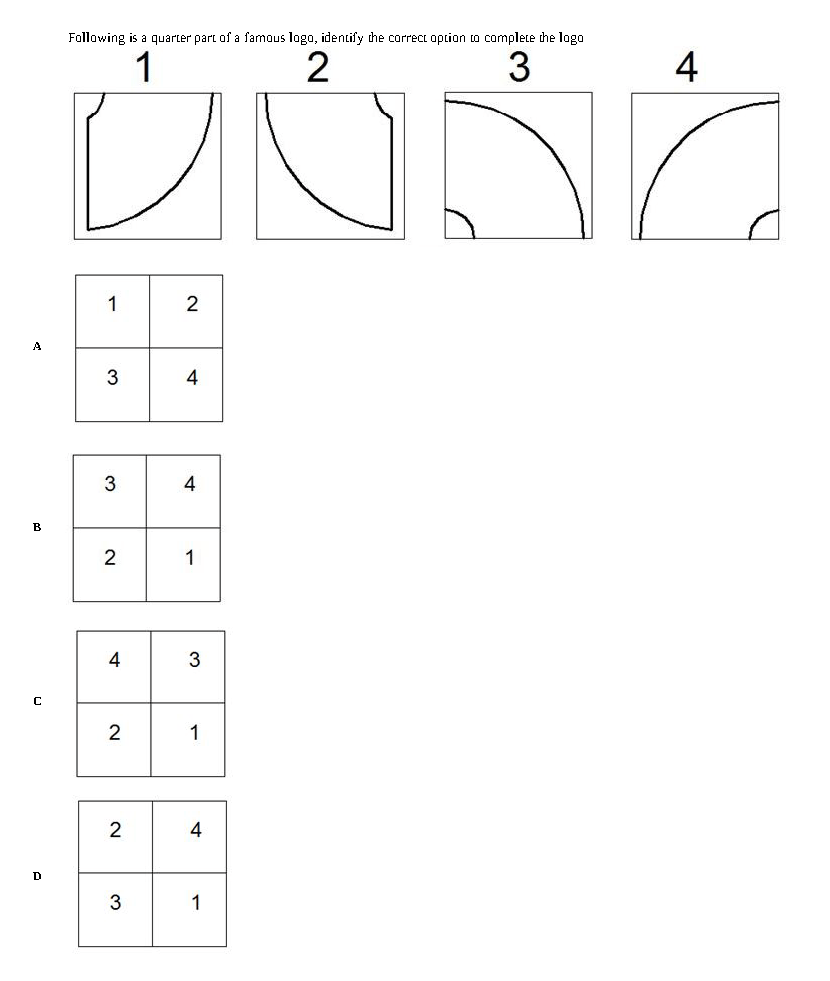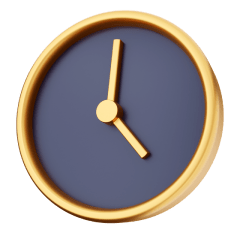The Higher Education Talent Search (HETS) Test is designed to identify and nurture outstanding talent in 12th Grade students, assessing a blend of academic knowledge and essential modern skills. This test aims to award scholarships to students who excel both academically and in their ability to solve real-world problems.
Besides, you should also be clearing admission criteria for partner universities you are interested in.
Uncover the criteria that set our scholars apart.
The HETS Test is conducted through a rigorous assessment process tailored to each discipline, and students receive a HETS SET Score for each discipline they select, reflecting their proficiency and potential in their chosen fields.
Sample questions
Which approach would likely yield the most creative solution to designing energy-efficient homes in an urban area?
A) Following traditional architectural styles that have proven effective.
B) Encouraging residents to share their ideas based on their living experiences.
C) Adopting energy-saving techniques from other climates and adapting them to the urban environment.
D) Investing in the most advanced construction materials available.

A building is designed with 5 floors. Each floor has 4 offices. If two offices on the first floor are converted into one large conference room, how many offices are there now in the building?
A) 20
B) 18
C) 19
D) 17
A client requests a last-minute change to a design that you believe will compromise the project’s integrity. What is the best approach to handle this situation?
A) Implement the change without question as the client demands it
B) Explain the potential impact of the change and suggest alternatives
C) Refuse to make any changes as it impacts the project’s integrity
D) Delay the project to accommodate the change
What should an architect do when faced with unforeseen construction challenges?
A) Collaborate with the construction team to identify and implement viable solutions
B) Proceed according to the original plan as challenges keep coming in such projects
C) Assign responsibility to the construction team for unforeseen issues and ask them to resolve it
D) Pause the project until all challenges are comprehensively addressed
For a renovation project in a historic district, what is the best way to start your research?
A) Interview and gather data from local historians
B) Visit similar historic sites in other cities
C) Review historical records and archives related to the site
D) Look at old photographs of the area.
What would be a critical architectural approach to improving air quality in urban environments?
A) Increasing the use of air conditioning systems
B) Sealing buildings tightly to prevent
C) Incorporating green walls and urban forests outdoor air from entering
D) Using more reflective materials to reduce heat absorption
What would be a critical architectural approach to improving air quality in urban environments?
A) Increasing the use of air conditioning systems
B) Using more reflective materials to reduce heat absorption
C) Sealing buildings tightly to prevent outdoor air from entering
D) Incorporating green walls and urban forests
If given an opportunity to lead a project to renovate a historic building. Outline two strategies you will use to be an effective leader.
Sample questions are in the pipeline! Stay tuned!
Sample Questions
Sample questions
Which method is most effective for generating truly original ideas in a collaborative filmmaking project?
A) Conducting brainstorming sessions with strict guidelines
B) Encouraging freeform brainstorming without criticism
C) Following a proven idea-generation template
D) Limiting input to the project leader’s vision
Sample questions are in the pipeline! Stay tuned!
Sample questions
A competitor has released a product that is significantly outperforming yours. What is an effective strategic response?
A) Lower the price of your product to make it more competitive.What impact does international trade have on the hospitality industry?
A) It limits hotel options available in a countryYou’re responsible for a charity event at school and notice the expected turnout is much lower than planned. How do you handle the situation to maximize impact?
A) Use social media to make a real-time appeal for more attendees.In a group project, you notice a team member is not contributing. What is your approach to handle the situation as a team leader?
A) Assign them more tasks to force participation.In a team meeting, you notice a conflict arising between two departments. What is your initial step to facilitate effective communication?
A) Let them resolve it without interfering.Sample questions
What technique is most effective for a journalist looking to provide a balanced view on a controversial topic?
A) Presenting only the most popular side of the argument.When writing a story about a sensitive social issue, what should a journalist prioritize to maintain ethical standards?
A) The emotional impact of the story to ensure it goes viral.In the aftermath of a natural disaster, what is the best strategy for journalists to provide timely and useful information?
A) Focus on dramatic stories to capture readers’ attention.You are interviewing a victim of a traumatic event, but they are very emotional and hesitant to speak. How should you proceed with the interview?
a) Press them to continue speaking for the sake of the story.You are assigned to lead a new investigative journalism project with a tight deadline and limited resources. What is your strategy to ensure the project’s success?
a) Work alone to control every aspect of the project.Sample questions
Which of the following statements is an example of a logical fallacy?
A) “If it rains, the ground gets wet. It rained today, so the ground is wet.”
B) “All humans are mortal. Socrates is a human, so Socrates is mortal.”
C) “Either we ban all cars, or we will never reduce air pollution.”
D) “She studies law, so she must be interested in politics.”
In legal writing, which of the following is most important to ensure clarity and effectiveness?
A) Using complex legal jargon to demonstrate expertise
B) Writing long sentences with multiple clauses
C) Being concise and using plain language where possible
D) Including as many legal citations as possible
What is a primary distinction between primary and secondary legal sources?
A) Primary sources include law review articles, while secondary sources include statutes
B) Primary sources provide firsthand evidence, while secondary sources interpret and analyze primary sources
C) Primary sources are always more recent than secondary sources
D) Primary sources are easier to find than secondary sources
You are tasked with analyzing the effectiveness of international aid in a developing country. Which factor should you consider most critically?
A) The amount of aid received per year
B) The administrative costs of distributing the aid
C) The long-term economic impact and sustainability of the aid projects
D) The number of countries providing aid
Sample questions are in the pipeline! Stay tuned!
Sample Question
1. In an experiment to test a new drug, what does a placebo serve as?
A) The experimental treatment
B) A test for side effects
C) A non-active substance for comparison
D) A dose of the active drug
2. A survey indicates that 70% of people prefer product A over product B. However, the sample size of the survey was only 10 people. What can you conclude about the preference for product A?
A) Product A is definitely better than product B.
B) The survey results are likely unreliable due to the small sample size.
C) Product B is better than product A.
D) The preference for product A is conclusive.
Answer: B
3. When communicating a patient’s treatment plan to their family, what is the best practice?
A) Use complex medical terms to demonstrate your expertise.
B) Provide a clear, concise explanation and check for understanding.
C) Hand them a brochure and leave them to read it.
D) Discuss only the positive aspects of the treatment.
Correct Answer: B)
4. During your internship at a pharmacy, you encounter a task you are not familiar with. What is the best approach?
A) Try to figure it out on your own without asking for help.
B) Ask a more experienced colleague for guidance and learn how to complete the task.
C) Let them know that you are not acquainted with this task and switch to something you know.
D) Give the task to other interns that know how to do it and you take up something else.
Correct Answer: B)
5. A critical piece of lab equipment breaks down right before an important experiment. How do you handle the situation?
A) Pause the experiment and wait for the equipment to be fixed.
B) Find an alternative method or equipment to continue.
C) Reschedule the experiment for a later date.
D) Attempt to fix the equipment yourself without informing anyone.
Correct Answer: B)
6. How should you respond if a patient expresses concerns about their medication side effects?
A) Dismiss their concerns and assure them the medication is safe.
B) Listen to their concerns and discuss potential side effects and solutions.
C) Tell them to stop taking the medication immediately.
D) Refer them to another healthcare provider without addressing the concern.
Correct Answer: B)
Sample questions are in the pipeline! Stay tuned!
Here’s what you can expect
Prepare to have fun, be yourself, and take a step towards securing your future with scholarships that recognize and reward real-world skills!
Say goodbye to boring, silent exam halls. Our assessments are interactive and feel more like exciting activities.
Whether you excel in academics, sports, arts, or anything else, our exam is here to celebrate your unique talents.
We focus on practical skills that are useful in everyday life and future careers, not just textbook knowledge.
Tip: Just relax and enjoy the experience. Our goal is to see you at your best, showcasing the skills that make you who you are.

We appreciate your enthusiasm and effort in taking part in the HETS STAR program.
⚡Internal Selection in Process ⚡
Our team is currently reviewing all entries. We will notify the selected students via email with the next steps.
Stay tuned for further updates!